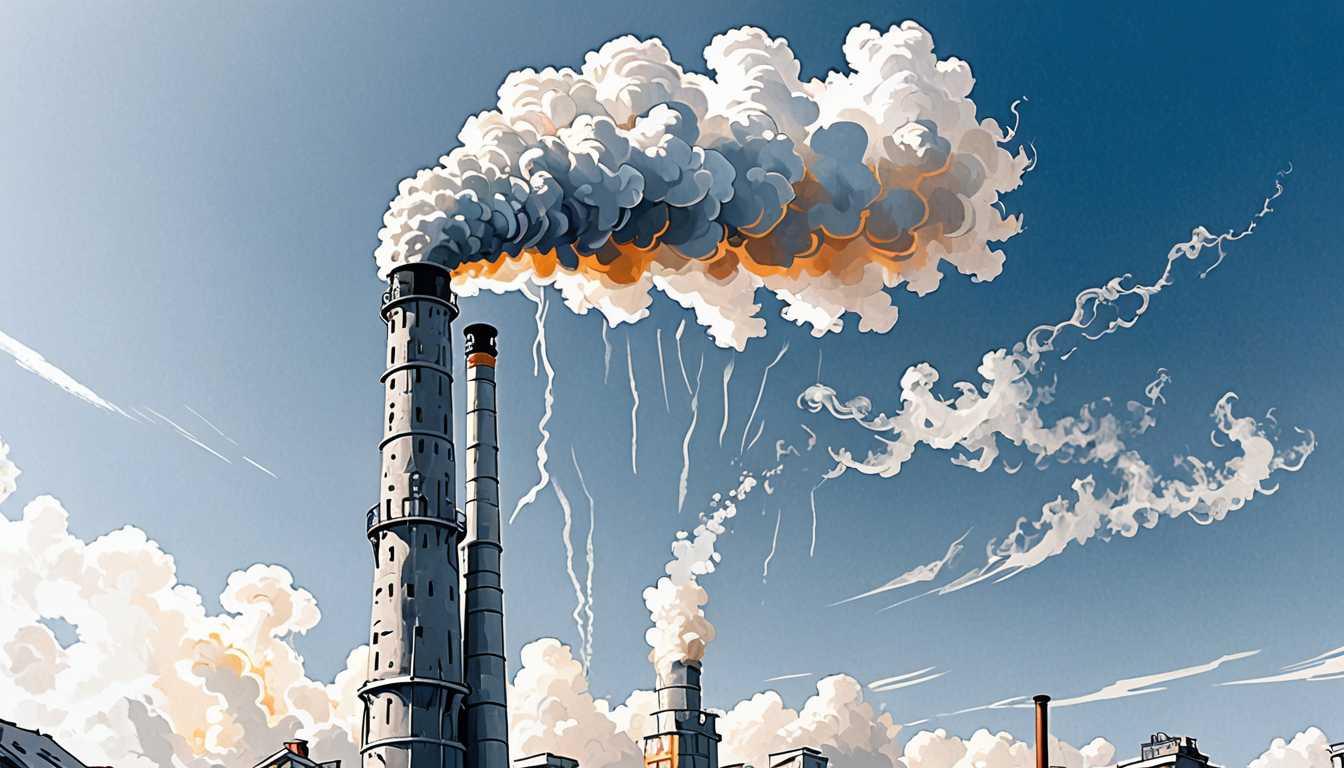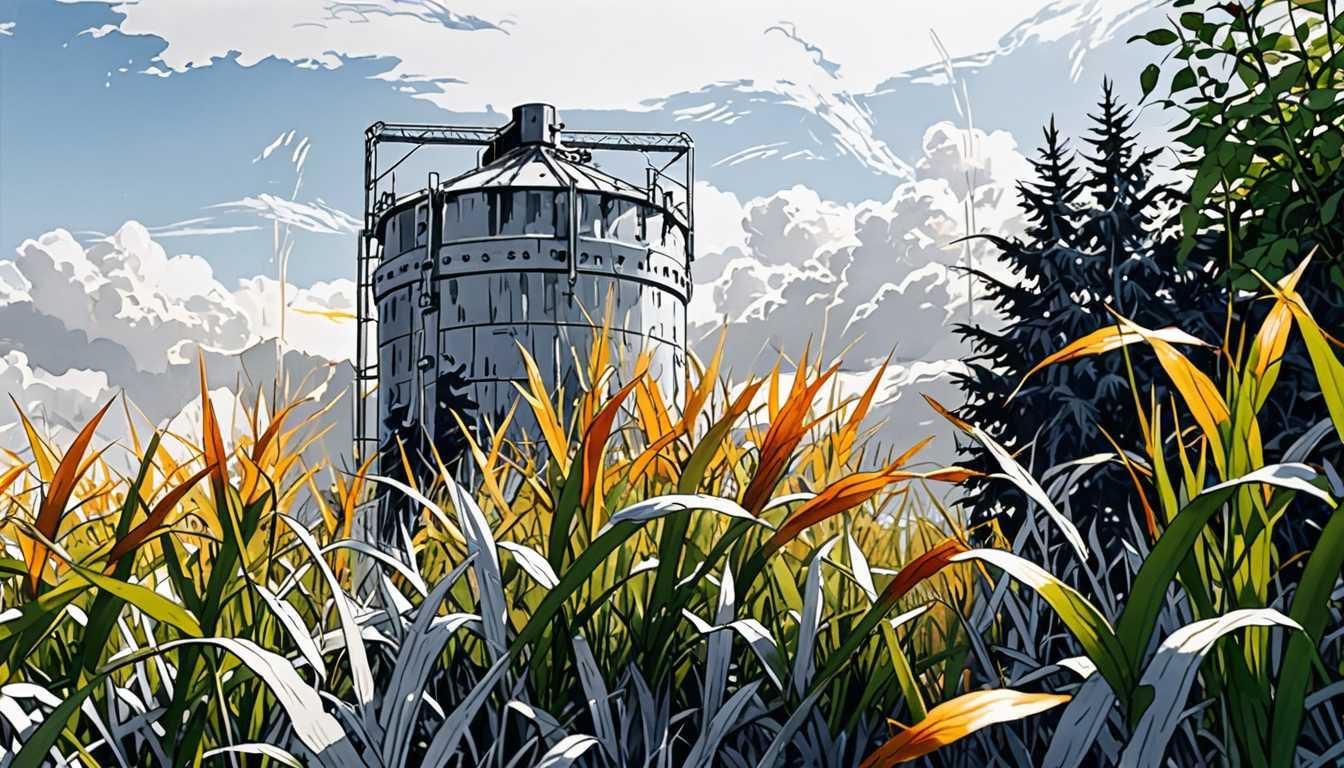Fires, Ice, and Climate Change Secrets
August 2024
University of Cambridge
Introduction
Hey there, future climate heroes! Did you know that researchers from the University of Cambridge have unlocked secrets from Antarctic ice about historic fires? They tracked carbon monoxide from the last 150 years, revealing that biomass burning has been way more unpredictable since the 1800s than anyone thought! This could change how we predict our planet's climate. So grab some hot cocoa, cozy up, and dive into the fascinating findings reported in the Proceedings of the National Academy of Sciences!
READ FULL ARTICLEWhy It Matters
Discover how this topic shapes your world and future
Unveiling the Secrets of Our Planet's Past
Understanding how human activities have influenced our climate is essential, and researchers from the University of Cambridge and the British Antarctic Survey have taken us on a fascinating journey through time. By examining carbon monoxide trapped in Antarctic ice, they uncovered that biomass burning—essentially the burning of organic material—has varied significantly since the 1800s. This finding is crucial because it helps improve climate models, which rely on historical atmospheric data to make accurate predictions about our planet's future. You might find it interesting to think about how your daily activities, from cooking to using energy, contribute to a larger picture of climate change. By learning about these connections, you can become more aware of your role in protecting the environment and how your actions can have a lasting impact.
Speak like a Scholar
Biomass Burning
The burning of organic materials, like plants and trees, which releases gases into the atmosphere.
Carbon Monoxide
A colorless, odorless gas produced by burning fossil fuels or biomass, which can indicate fire activity when measured in the atmosphere.
Ice Cores
Cylindrical samples of ice drilled from glaciers or ice sheets that contain layers of snow and air from different periods, helping scientists study historical atmospheric conditions.
Atmospheric Composition
The mixture of gases present in the Earth's atmosphere, which can be affected by natural and human activities.
Land Conversion
The process of changing land use, such as turning forests into agricultural fields, which can impact ecosystems and fire activity.
Climate Models
Mathematical representations used by scientists to simulate and predict how the Earth's climate system works based on various factors, including human activities.
Independent Research Ideas
Explore the impact of land conversion on local ecosystems
Investigate how changing a forested area into farmland affects not only fire activity but also biodiversity and soil health.
Analyze historical wildfire data
Collect and compare data on wildfire occurrences in your region over the last century to observe patterns and draw conclusions about climate impacts.
Study the role of human behavior in climate change
Examine how different lifestyles and cultures approach energy use and conservation, and their effects on global carbon emissions.
Investigate alternative energy sources
Research the potential of renewable energy (like solar or wind) in reducing reliance on biomass burning and fossil fuels.
Examine the psychological aspects of climate action
Look into how people's beliefs and attitudes about climate change influence their actions and decisions related to environmental protection.
Related Articles

Mercury Emissions: Good News or Bad Data?
October 2024
MIT News

Plants: The Unsung Heroes of Carbon Capture
October 2024
Cornell News Highlights

Land: The Key to Climate Success
November 2024
MIT News

Microplastics: A Global Journey Unveiled
May 2024
Cornell News Highlights

Stream Monitoring: California's Water Crisis Uncovered
June 2024
Berkeley Rausser